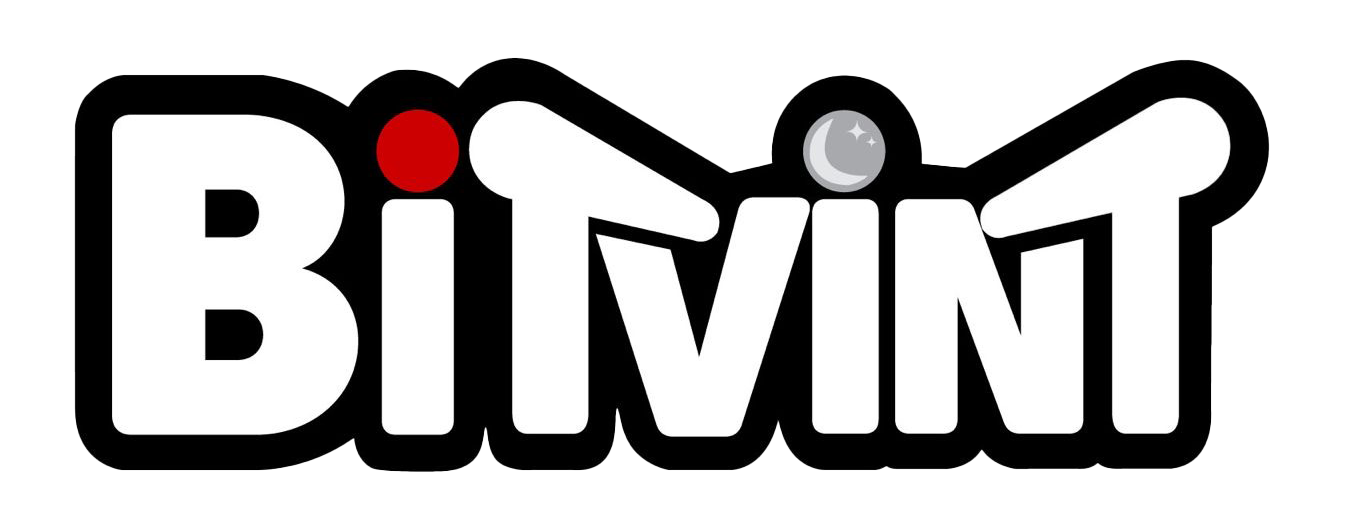Introduction
Released in 1995, Mega Man: The Power Battle is a unique arcade spin-off of Capcom’s iconic platforming franchise. Rather than traditional side-scrolling levels, this game drops players directly into a series of boss fights, combining fighting game pacing with Mega Man mechanics. Featuring fast action, co-op multiplayer, and iconic Robot Masters, it offered a streamlined and accessible way to experience the Mega Man universe in arcade form.
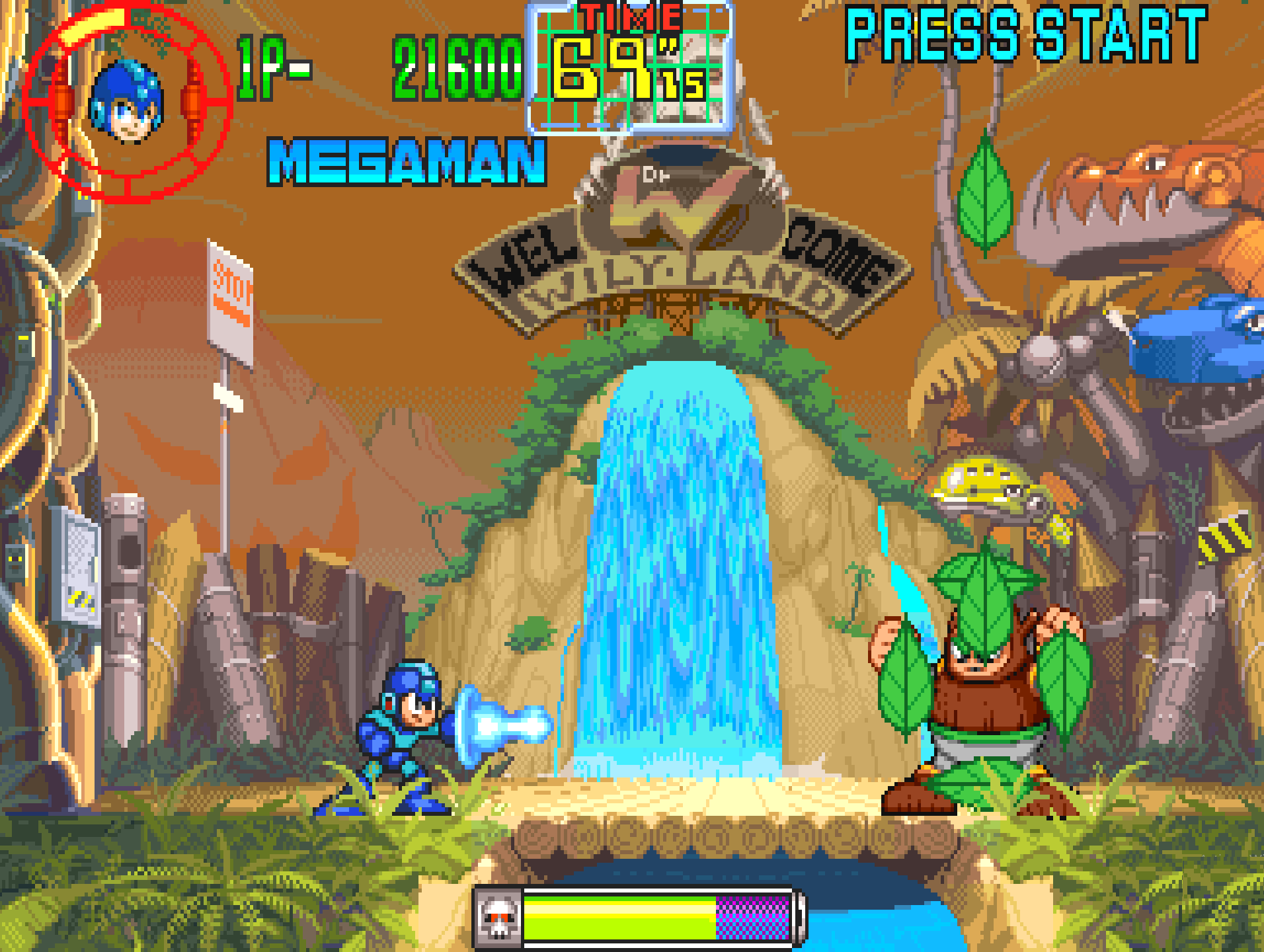
Development and History
- Developer: Capcom
- Publisher: Capcom
- Release Date: 1995 (Japan and North America)
The Power Battle was developed for Capcom’s CPS-1 hardware. Designed to attract both fighting game fans and Mega Man loyalists, the game removed the platforming stages entirely and focused on one-on-one combat with familiar enemies from the NES games. The result was a faster, arcade-friendly format with clear nods to the original series’ music, characters, and weapon mechanics.
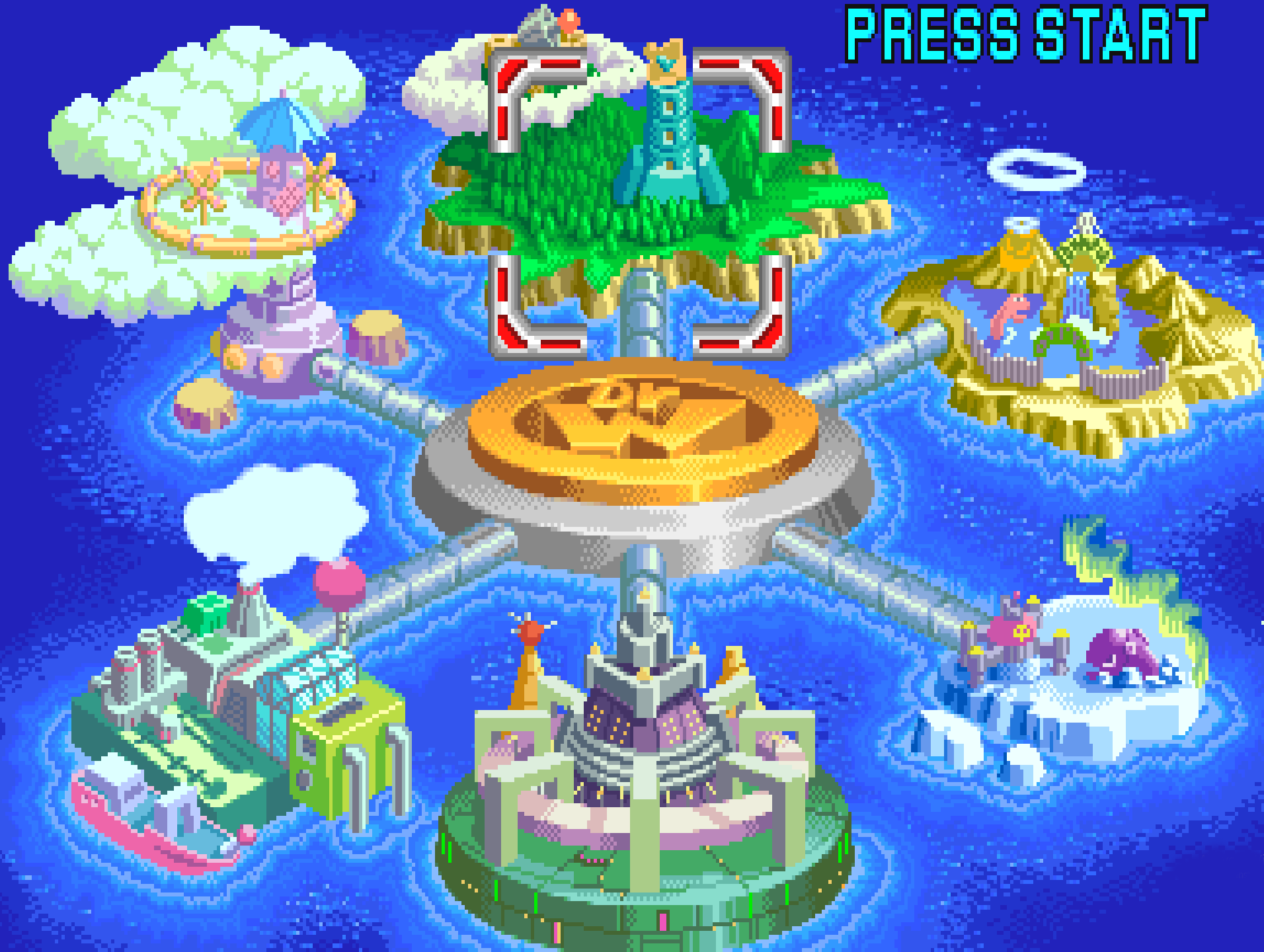
Gameplay Video
Gameplay and Mechanics
Core Gameplay
Players choose one of three characters—Mega Man, Proto Man, or Bass—and battle through a sequence of Robot Masters drawn from past Mega Man titles.
- Robot Master Routes: Players select from three game paths, each based on a different set of Mega Man games (1–2, 3–6, or 7).
- Boss-Only Battles: Skip platforming entirely and engage in real-time fights against iconic foes like Guts Man, Shadow Man, and Pharaoh Man.
- Special Weapons: Defeating a Robot Master grants their weapon, which can be used strategically in future battles (true to the original formula).
- Charge Shot & Slide Mechanics: Retained from the NES games, providing tactical variety.
Challenges
- Pattern Recognition: Learning each Robot Master’s attack cycles is key to survival.
- Weapon Effectiveness: Using the correct acquired weapon against the right boss is crucial.
- Arcade Difficulty Scaling: Later fights become much faster and more punishing.
- Time and Score Pressure: Players are scored based on speed and performance.
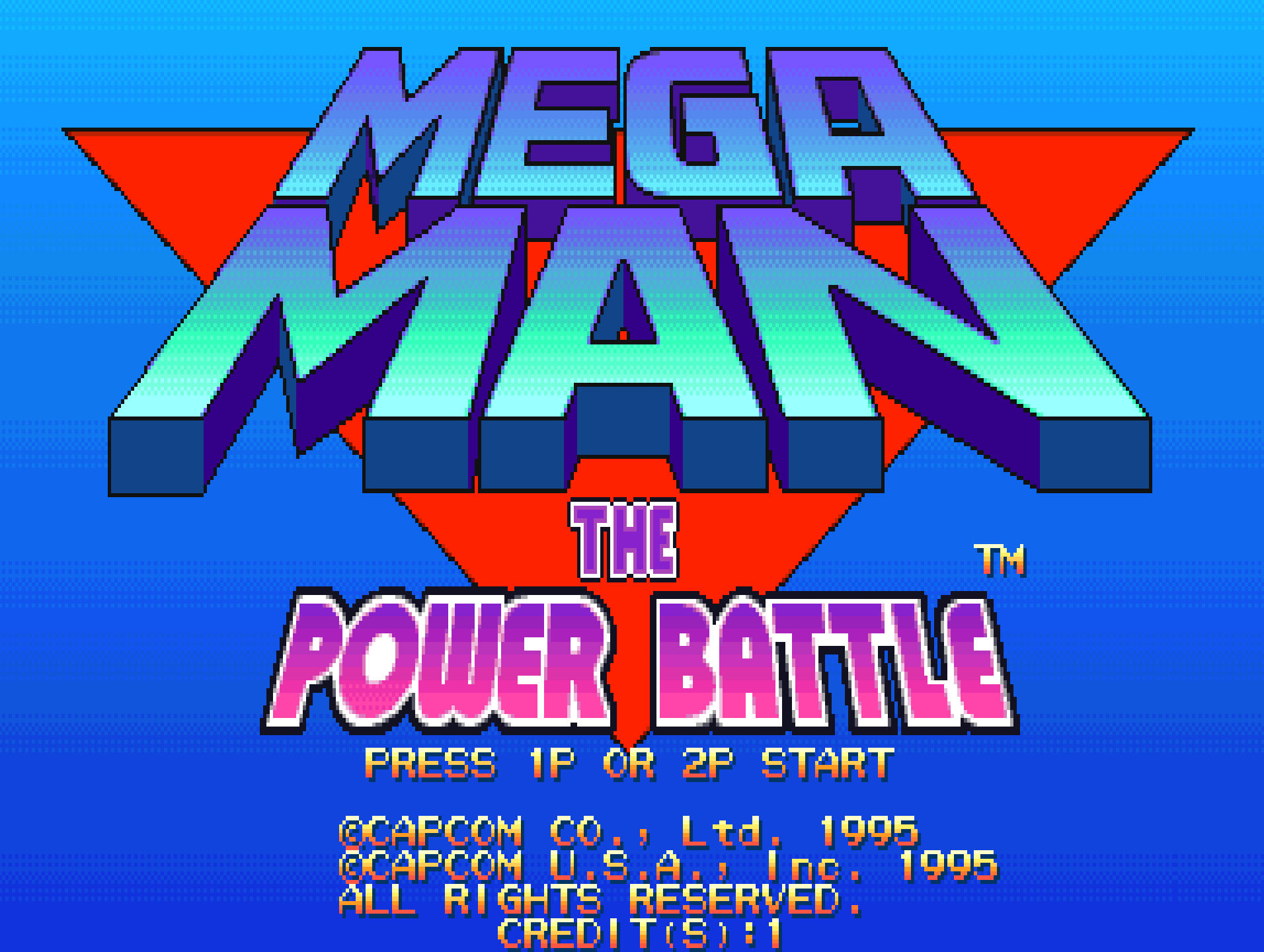
Cultural Impact and Legacy
- Unique Format: One of the few Mega Man games focused solely on boss fights.
- Co-Op Play: Two-player simultaneous mode allowed for team strategies.
- Character Expansion: First time Bass was playable in any Mega Man game.
- Sequel: Followed by Mega Man 2: The Power Fighters in 1996 with expanded content and storytelling.
- Modern Availability: Included in Mega Man Anniversary Collection (PS2, GameCube, Xbox) and Capcom Arcade 2nd Stadium.
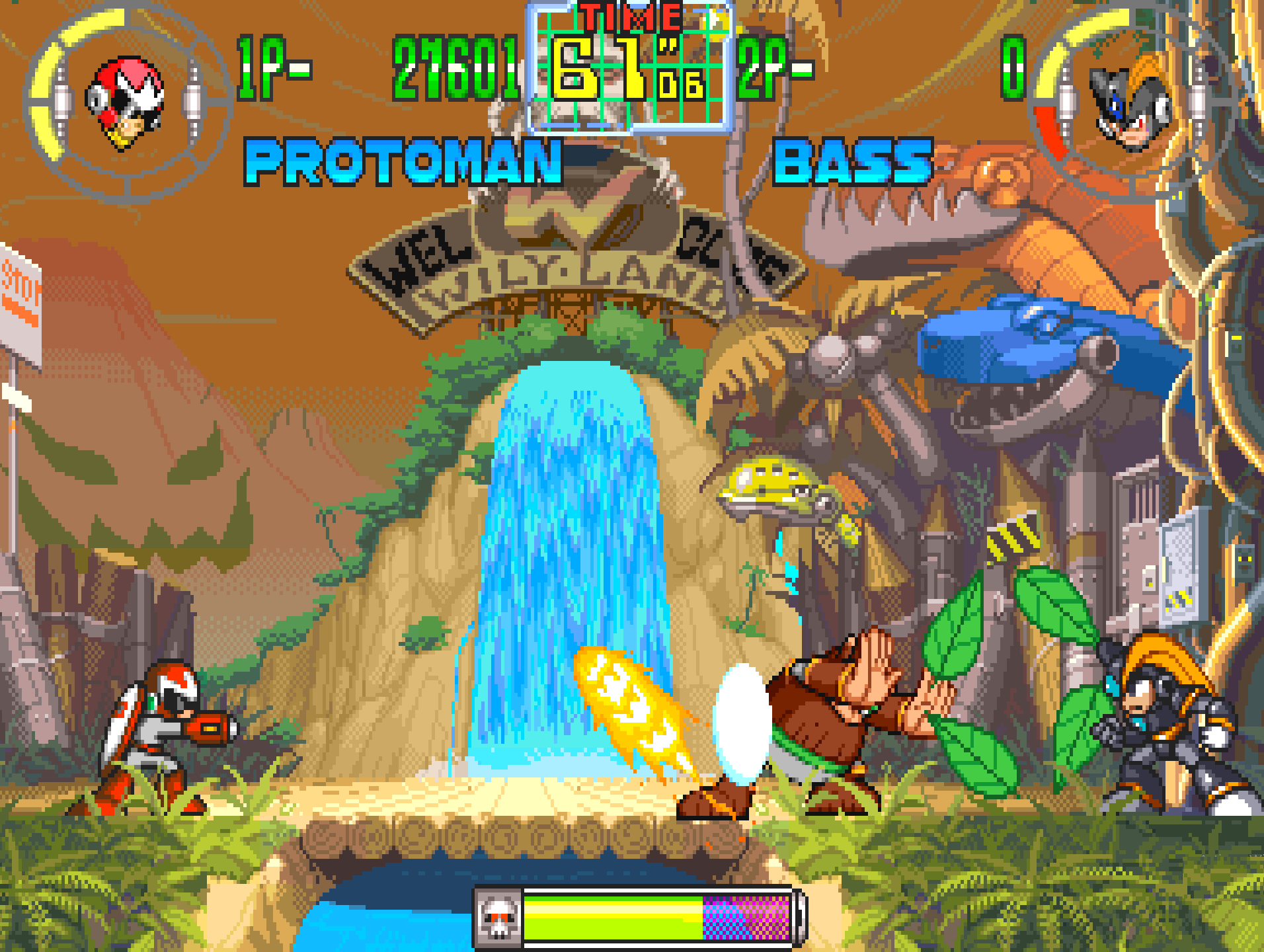
Fun Facts
- Shared Audio and Sprites: Many assets were directly adapted from NES and SNES titles.
- Dr. Wily Final Fight: True to series tradition, Wily is the last boss—complete with a multi-form mecha.
- Bass’s Debut: Though introduced in Mega Man 7, this was his first playable appearance.
- Arcade-Exclusive Music Remixes: Features new arrangements of classic 8-bit tracks.
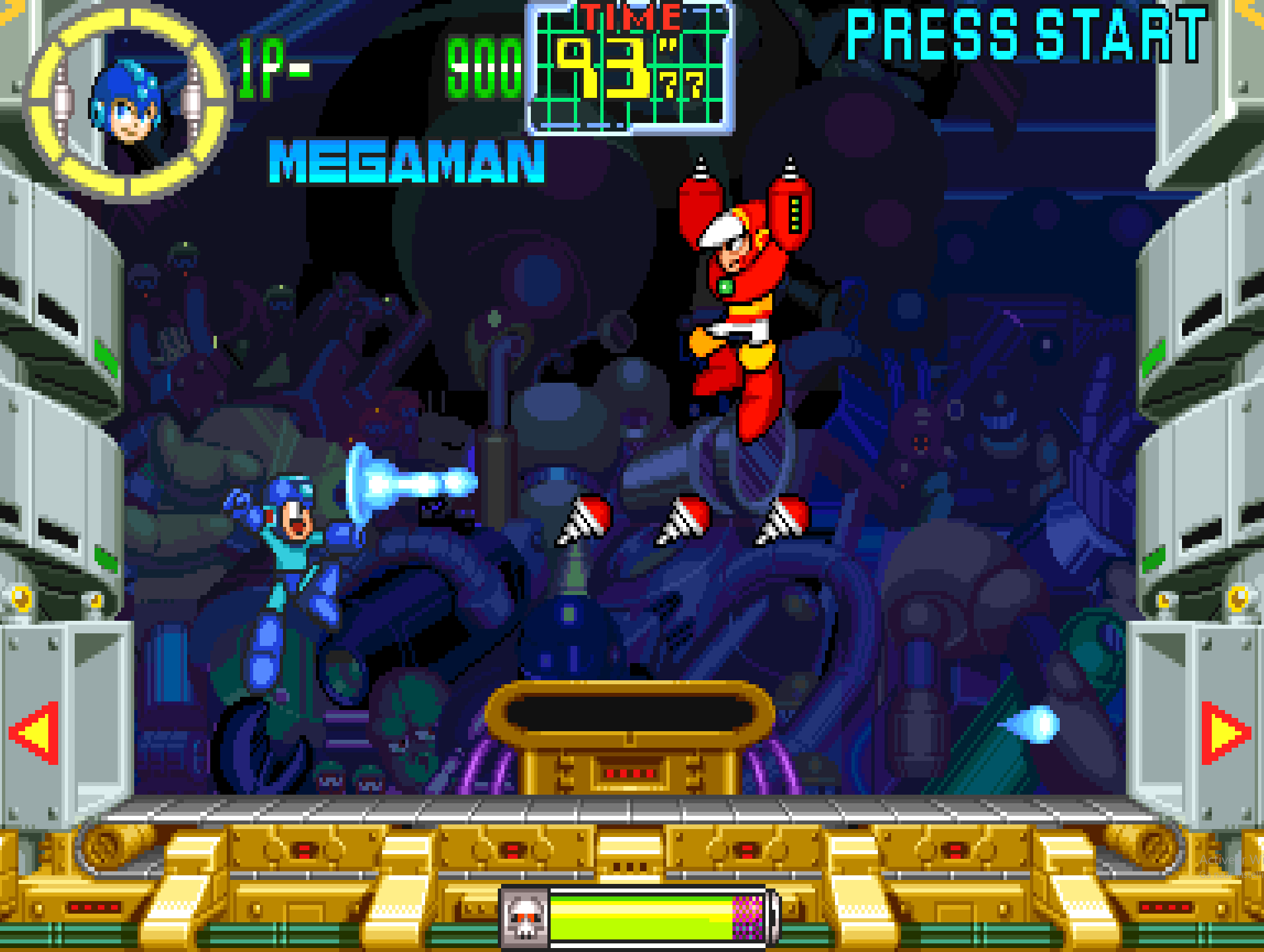
Conclusion
Mega Man: The Power Battle transformed the traditional Mega Man formula into a rapid-fire arcade experience. With tight boss design, co-op gameplay, and faithful mechanics, it offered a fresh way to enjoy the series while still respecting its roots. Though less known than the mainline titles, it remains a fun, accessible gem for fans of action and retro gaming.
